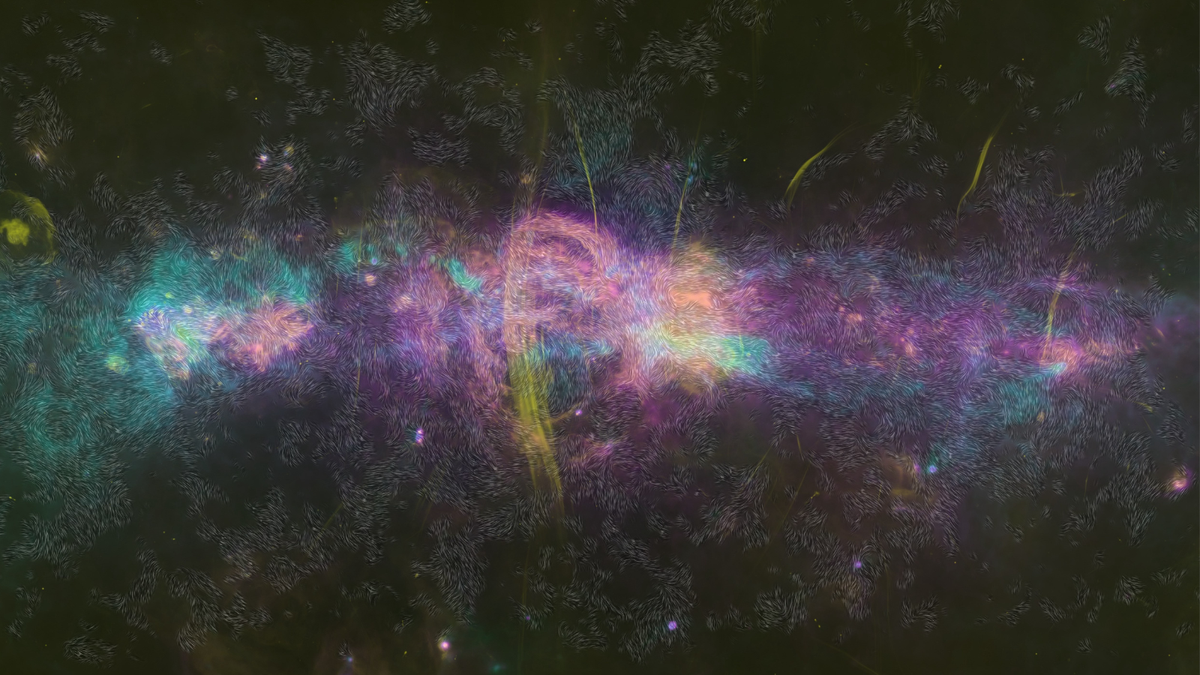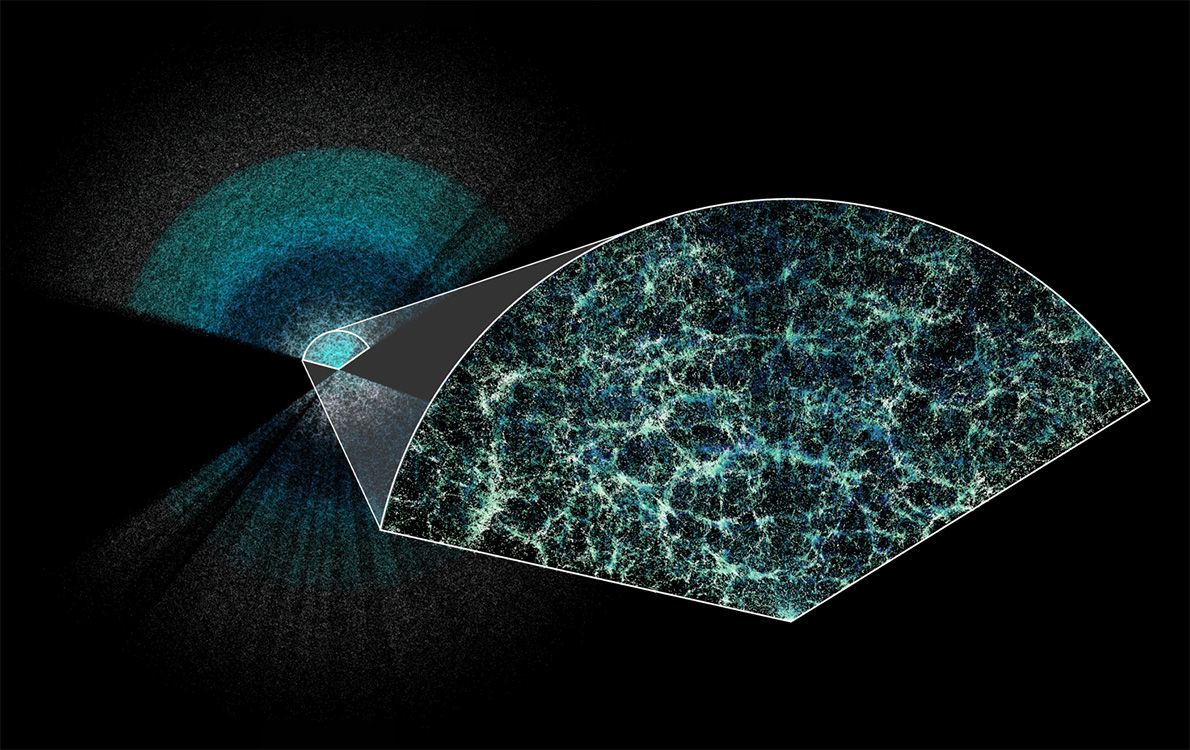The Exploration of Dark Matter through Stellar Streams
Commencing next year, the Vera C. Rubin observatory, an impressive $700-million telescope nearing construction completion in northern Chile, aims to shed light on the enigmatic nature of dark matter by examining gaps between streams of stars that encircle the peripheries of our galaxy. These gaps are embedded within luminous trails that remain after the Milky Way tore apart neighboring galaxies gravitationally, housing stellar remnants. Such remnants serve as effective tracers of dark matter – the imperceptible substance that permeates the universe and envelops most galaxies in halos, yet eludes direct detection. Within stellar streams, the influence of dark matter can be inferred analogously to how twinkling lights outline the contours of a tree they adorn, even if the branches or foliage remain unseen, as explained by scientists.
The Insightful Nature of Stellar Streams
“Stellar streams are akin to strings of pearls, where stars delineate the trajectory of the system’s orbit and share a common history,” remarked Jaclyn Jensen, a graduate student at the University of Victoria in British Columbia. “If we encounter a pearl necklace with scattered pearls nearby, we can deduce that an external force may have disrupted the arrangement.”
A fundamental tenet of the prevailing cosmological model, grounded on the premise that dark matter is “cold” – signifying minimal interactions with ordinary matter and electromagnetic radiation – postulates that dark matter comprises diminutive clumps. Scientists hypothesize that when these clumps interact with other structures, they perturb the dynamics and appearance of these structures. Such effects manifest as “kinks” or voids in the luminous trails within stellar streams. The Rubin Observatory’s advanced digital camera aspires to capture these disturbances, enabling a novel perspective on the elusive properties of dark matter.
Pioneering Discoveries and Implications
Stellar streams, distinguishable from other star clusters by unique motion patterns exclusive to their respective cohorts, represent prime candidates for elucidating the mysteries of dark matter. Their remote abode in the outskirts of our galaxy shields them from interactions with extraneous structures that could obfuscate the signature of dark matter. With the projected capabilities of the Rubin Observatory, researchers anticipate identifying starry trails five times more distant than current telescopes can discern, unveiling new assortments of stellar streams in the galaxy’s periphery.
“Utilizing stellar streams to unravel the enigma of dark matter excites me greatly,” proclaimed Nora Shipp, a postdoctoral fellow at Carnegie Mellon University. “Through the Rubin Observatory, we can exploit stellar streams to unveil the spatial distribution of dark matter in our galaxy at varying scales.”
Recently, the Rubin Observatory collaboration heralded the completion of the telescope’s observation equipment. Boasting a remarkable resolution of 3,200 megapixels and dimensions comparable to a compact car, this instrument stands as the world’s most extensive digital camera. Dr. Aaron Roodman, an astrophysicist at Stanford University and Deputy Director of the Rubin Observatory, lauded its capability to capture minute details, comparable to distinguishing a golf ball from nearly 15 miles away, across a swath of the sky seven times wider than the full moon. This technological marvel promises profound insights into the universe’s expansion and the enigmatic realm of dark energy.
Furthermore, imagery of the Andromeda galaxy from NASA’s upcoming Nancy Grace Roman Space Telescope, designed to explore distant planets and decipher stellar dynamics, could offer astronomers a deeper understanding of stellar streams beyond our galaxy and unveil additional clues about dark matter. The Roman Space Telescope, set for launch in May 2027, will embark on a five-year mission from an orbit a million miles from Earth.
Unraveling the Mysteries of Dark Matter
Researchers anticipate that these observations will assist in identifying the constituents of dark matter clumps, leading to constraints on the properties of this elusive substance and unraveling long-pursued enigmas in the realm of astrophysics.
Image/Photo credit: source url





